
EUR is a residential and business district in Rome, Italy, part of the Municipio IX.

The Libro d'Oro, originally published between 1315 and 1797, is the formal directory of nobles in the Republic of Venice. It has been resurrected as the Libro d'Oro della Nobiltà Italiana, a privately published directory of the nobility of Italy. The book lists some of Italy's noble families and their cadet branches.

Raffaele Viviani was an Italian author, playwright, actor and musician. Viviani belongs to the turn-of-the-century school of realism in Italian literature, and his works touch on seamier elements of the lives of the poor in Naples of that period, such as petty crime and prostitution. Critics have termed Viviani "an autodidact realist", meaning that he acquired his skills through personal experience and not academic education.

Fabrizio de Miranda was an Italian bridges and structural engineer and university professor.

The office of Procurator of Saint Mark was one of the few lifetime appointments in the government of the Venetian Republic and was considered second only to that of the doge in prestige. It was routinely occupied by nobles belonging to the most influential families and typically represented the climax of a distinguished political career, although it was often an intermediate position prior to election as doge.

The Biblioteca comunale Luciano Benincasa is located in Ancona, Italy, in the Palazzo Mengoni-Ferretti, at the central Piazza del Plebiscito.
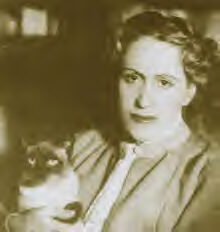
Gianna Manzini was an Italian writer whose Ritratto in piedi won her the Premio Campiello in 1971. It is a semi-autobiographical portrait of her father, an Italian anarchist. After several banishments for his political activities, her anarchist father was exiled to the small hilltop town of Cutigliano in 1921, 25 km northwest of Pistoia, where he would die of a heart attack in 1925 after being chased by fascist hoodlums.
The following is a timeline of the history of the city of Bari in the Apulia region of Italy.
The following is a timeline of the history of the city of Lucca in the Tuscany region of Italy.
The following is a timeline of the history of the city of Forlì in the Emilia-Romagna region of Italy.
The Battle of Campo delle Mosche took place on 23 July 1359 in the district of Pontedera in the state of Pisa, Italy between the forces of Florence and those of the mercenary Great Company. It resulted in a victory for the Florentine forces.
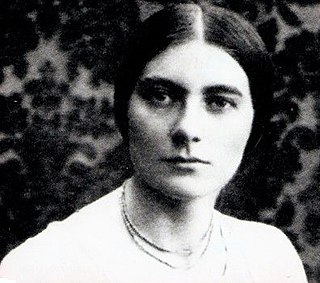
Anna Maria Brizio (1902-1982) was professor of art history at the University of Milan, a member of the Commissione Vinciana and an authority on the work of Leonardo da Vinci.

Luca de Samuele Cagnazzi was an Italian archdeacon, scientist, mathematician, political economist. He also wrote a book about pedagogy and invented the tonograph.
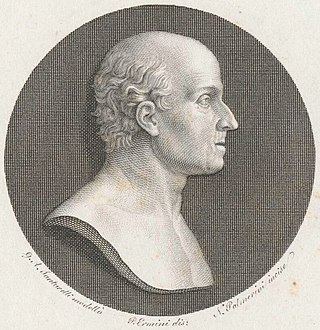
Giuseppe Bencivenni Pelli or Giuseppe Pelli Bencivenni was an Italian civil servant and essayist. Born and dying in Florence, he served as director of the Uffizi Gallery from 1775 to 1793. He was the last member of a Florentine patrician family.

The Riformatori dello studio di Padova, also Riformatori allo studio di Padova, were the three officials of the Venetian Republic responsible for overseeing education and culture. Created in 1517, initially to reopen the University of Padua after the War of the League of Cambrai, they became responsible over time for public and private schooling at all levels, public libraries in Venice and Padua, intellectual academies, and professional schools. They also reviewed and authorized for publication all books within the mainland territory of Venice.
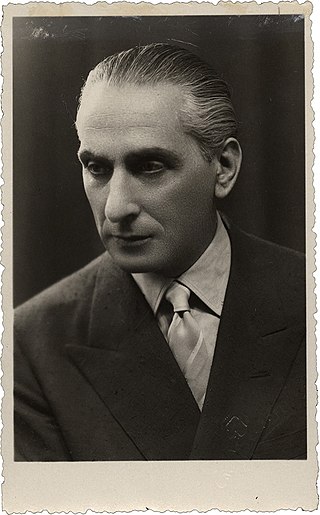
Antonio Veretti was an Italian composer.

The Venice State Archive, or State Archive of Venice, is located at Campo dei Frari, San Polo Venice.
Vincenzo Eugenio Balzano was an Italian magistrate, an art historian and a scholar of the history of Abruzzo and Molise.

The State Archives of Milan, based at the Palazzo del Senato, Via Senato n. 10, is the state institution responsible, by law, for the preservation of records from the offices of state bodies, as well as public bodies and private producers. Slowly formed through the agglomeration of the various archival poles spread throughout Austrian Milan between the end of the 18th and the first half of the 19th century, the State Archives finally found its home in the former Palazzo del Senato under the direction of Cesare Cantù in 1886. Having become a research and training center of excellence under the directorships of Luigi Fumi and Giovanni Vittani, the State Archives of Milan since 1945 continued its role as a preservation institution, adapting to the needs of the times and developing the School of Archival Studies, Palaeography and Diplomatics attached to the Institute.
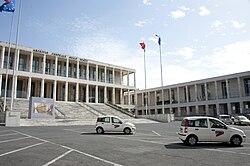

![]() .
.












